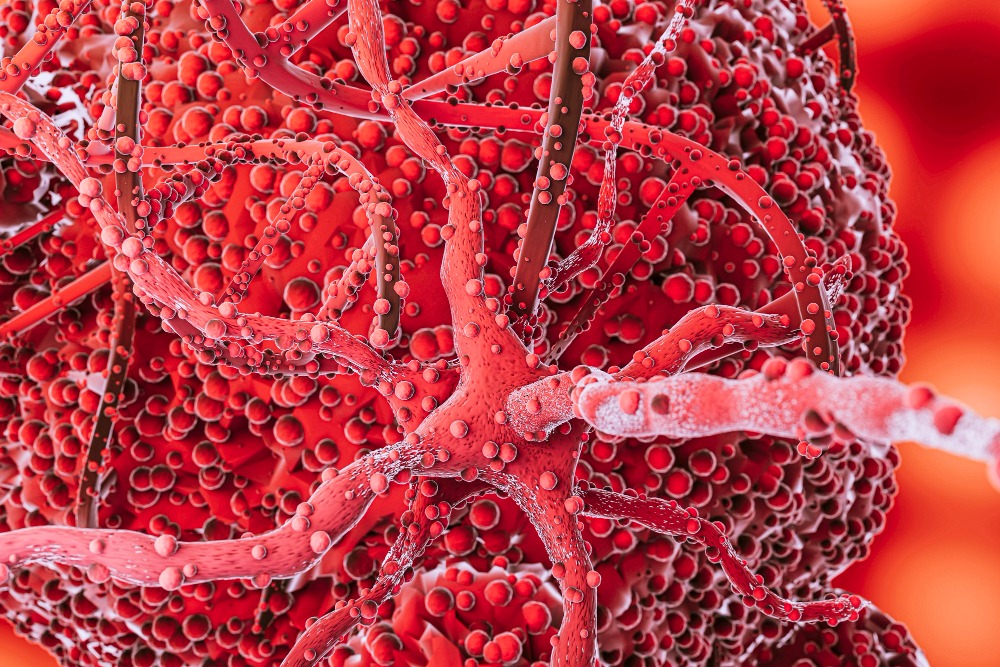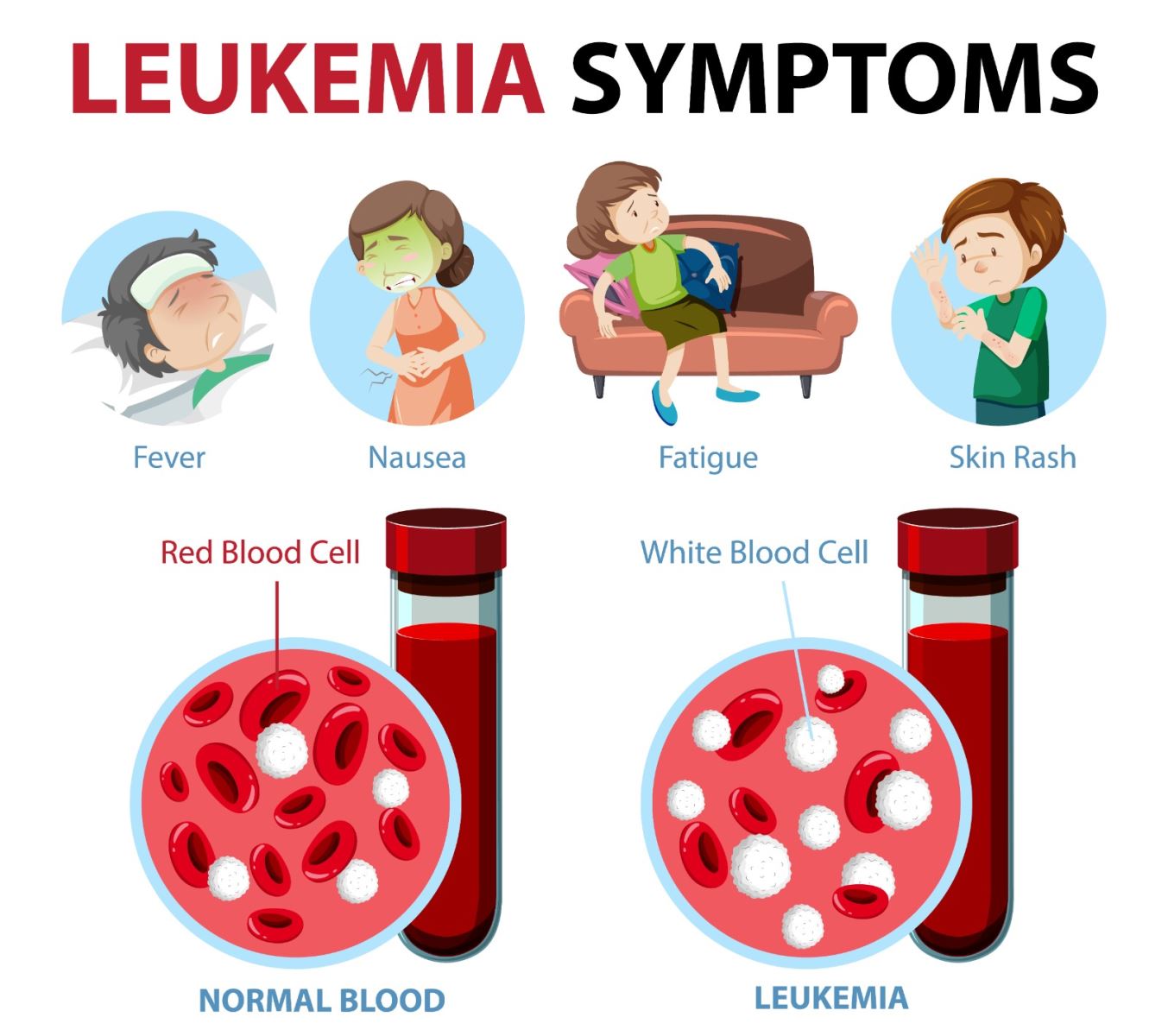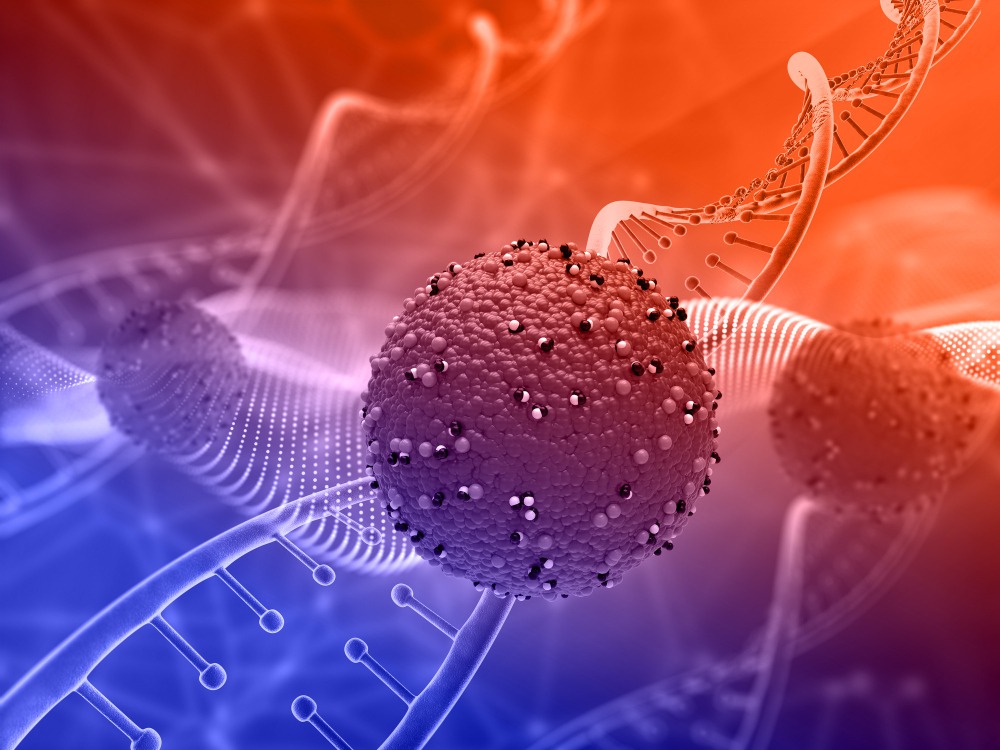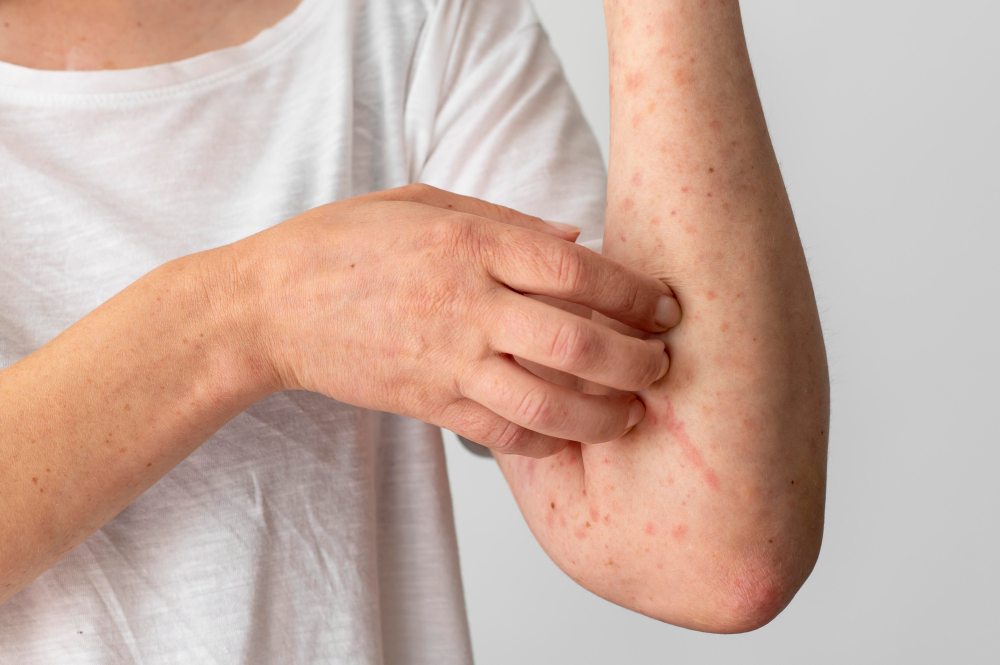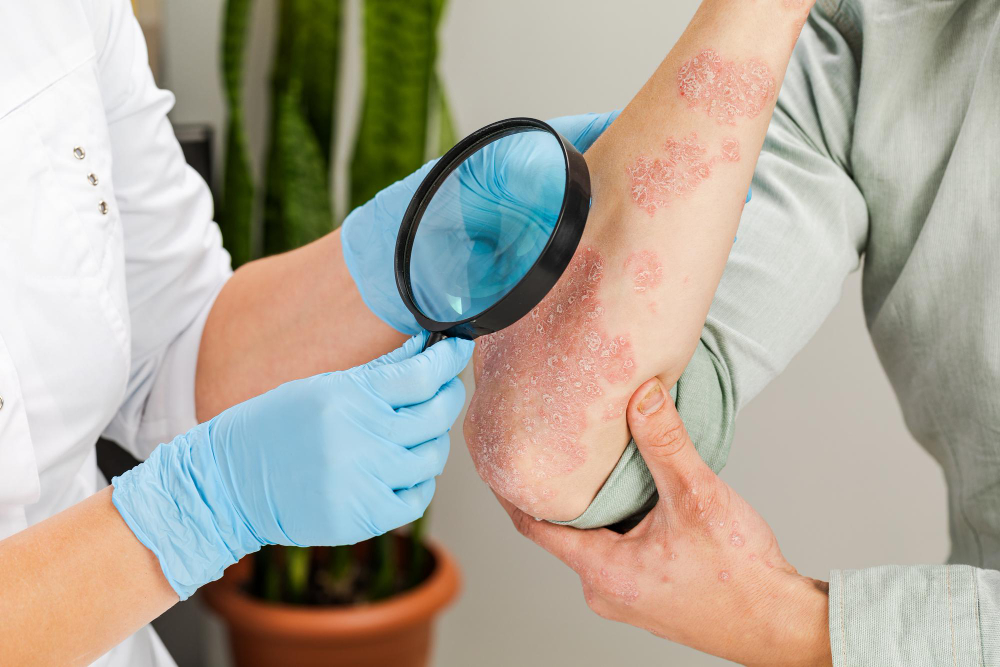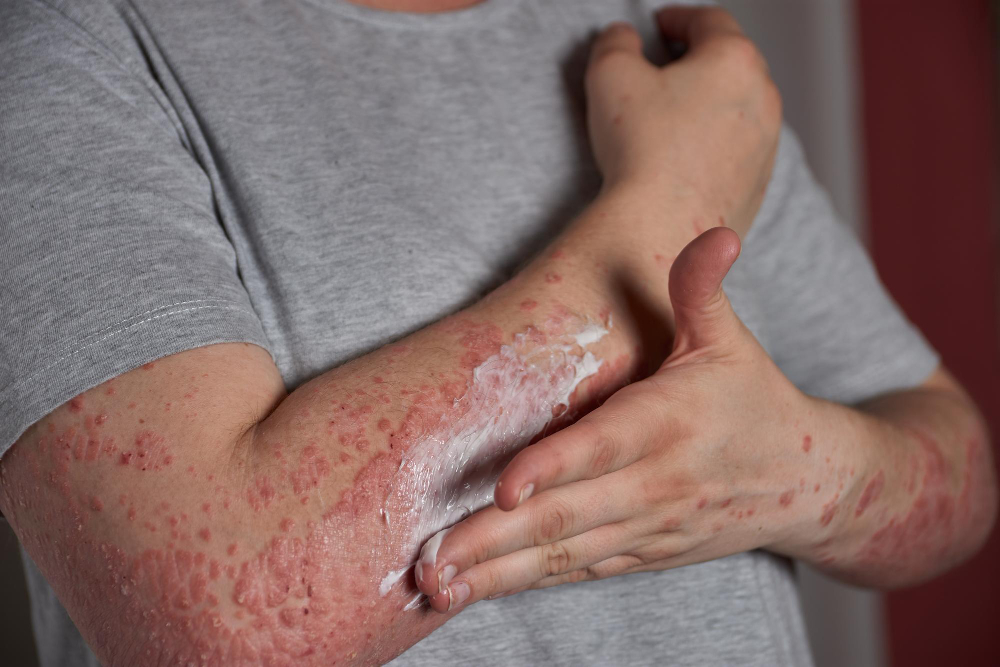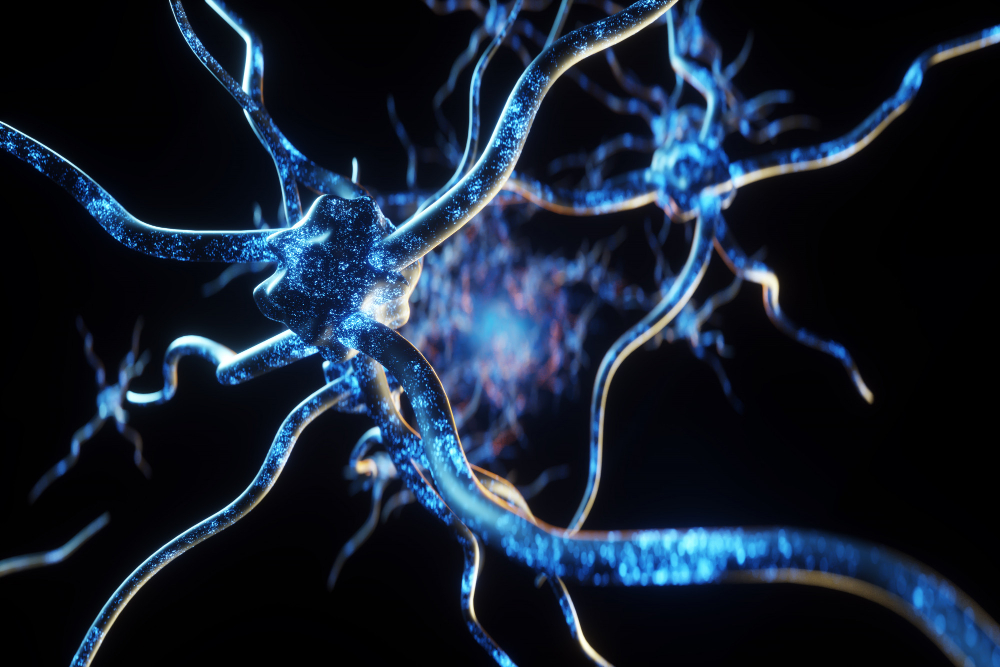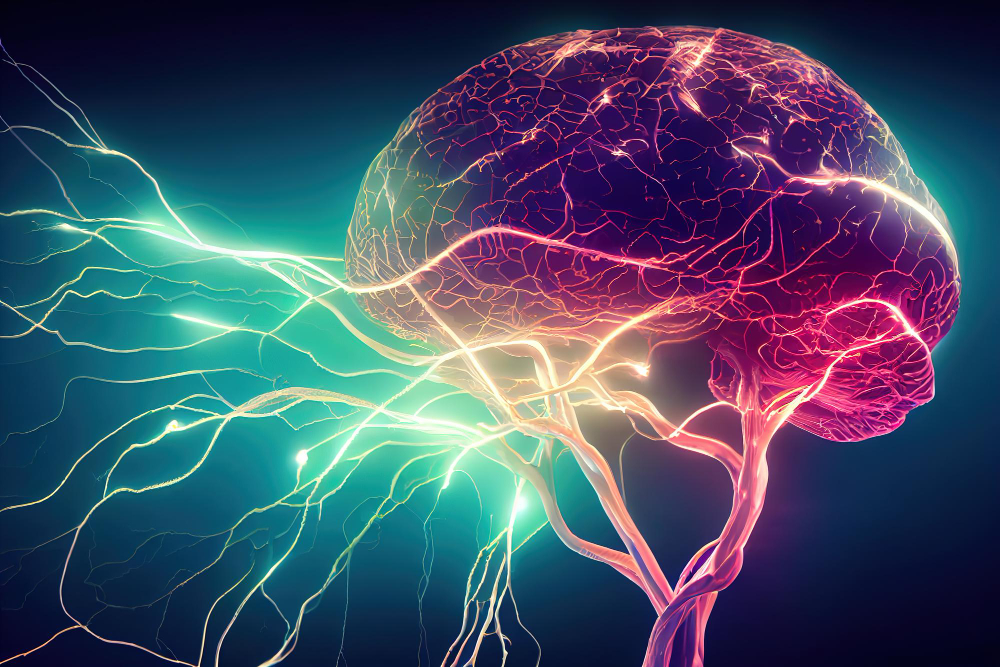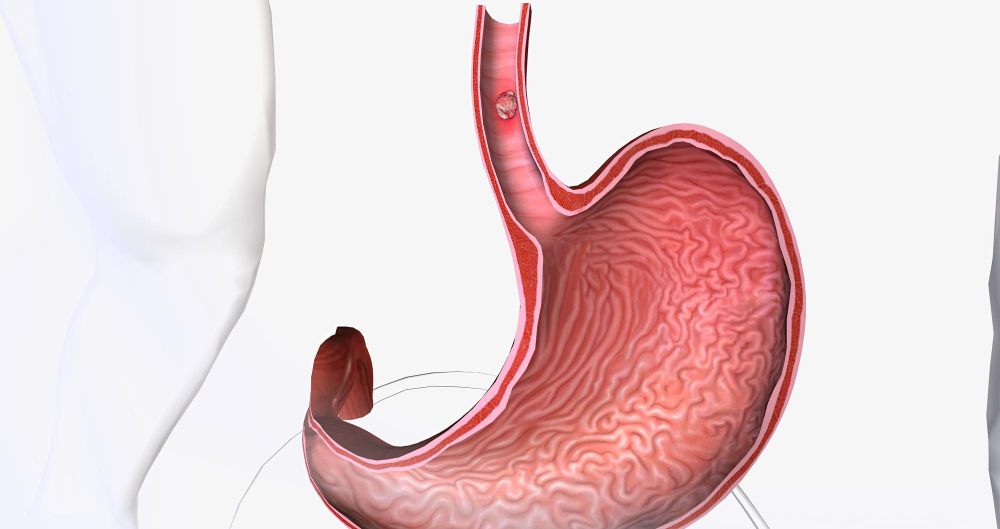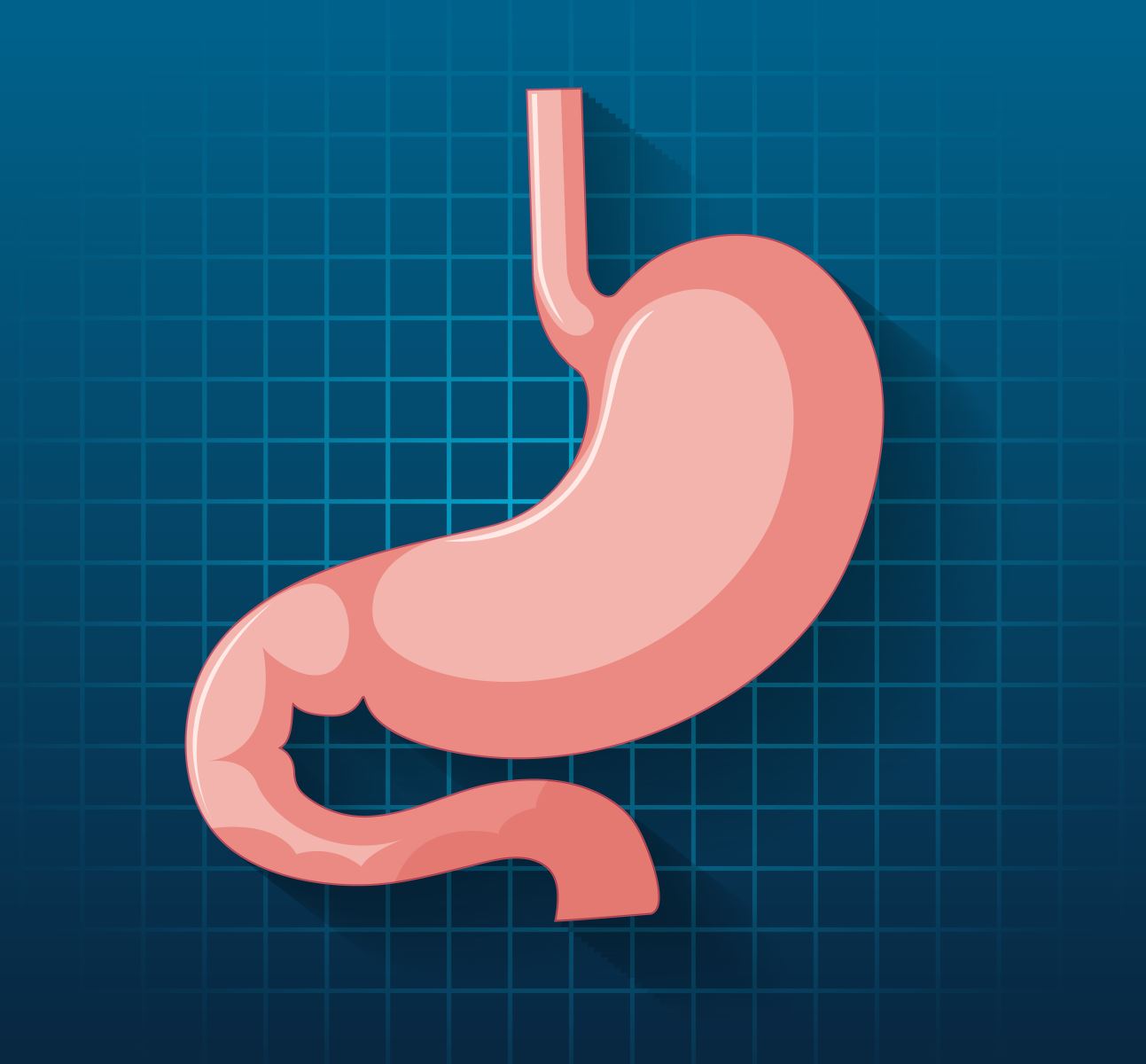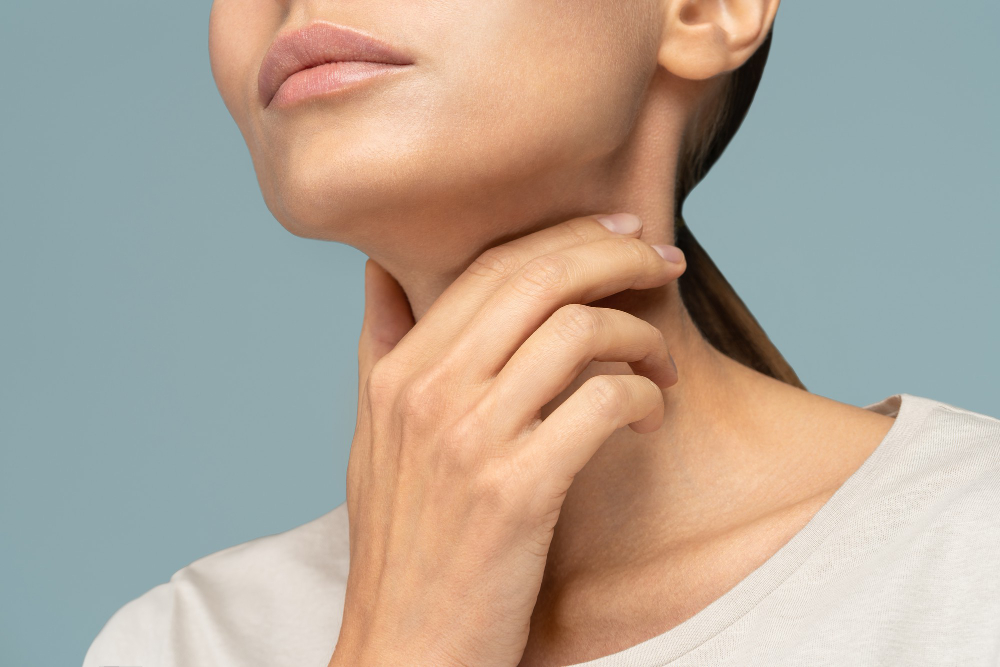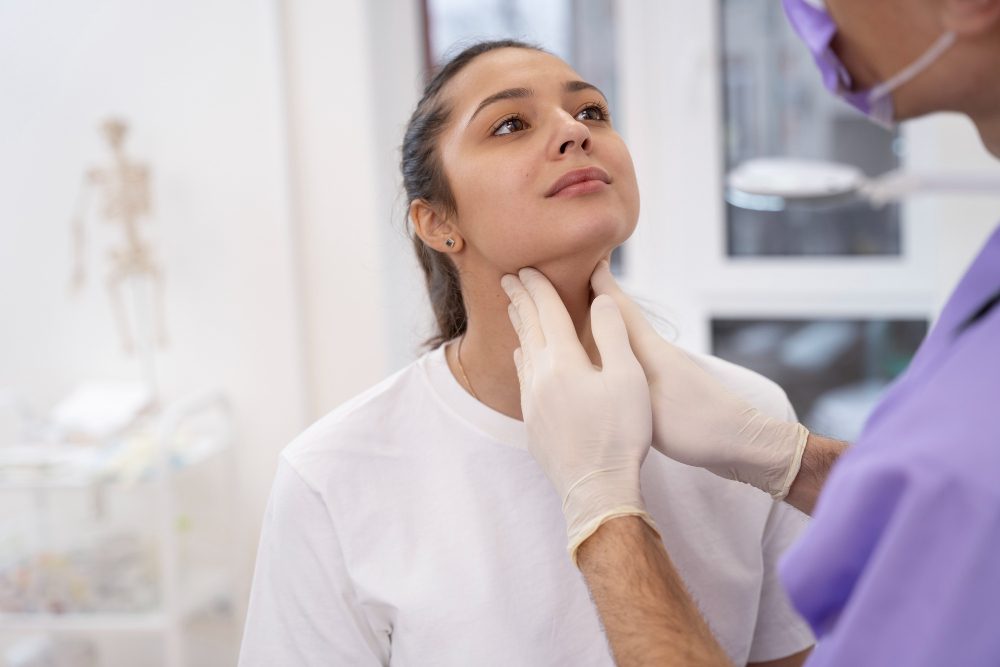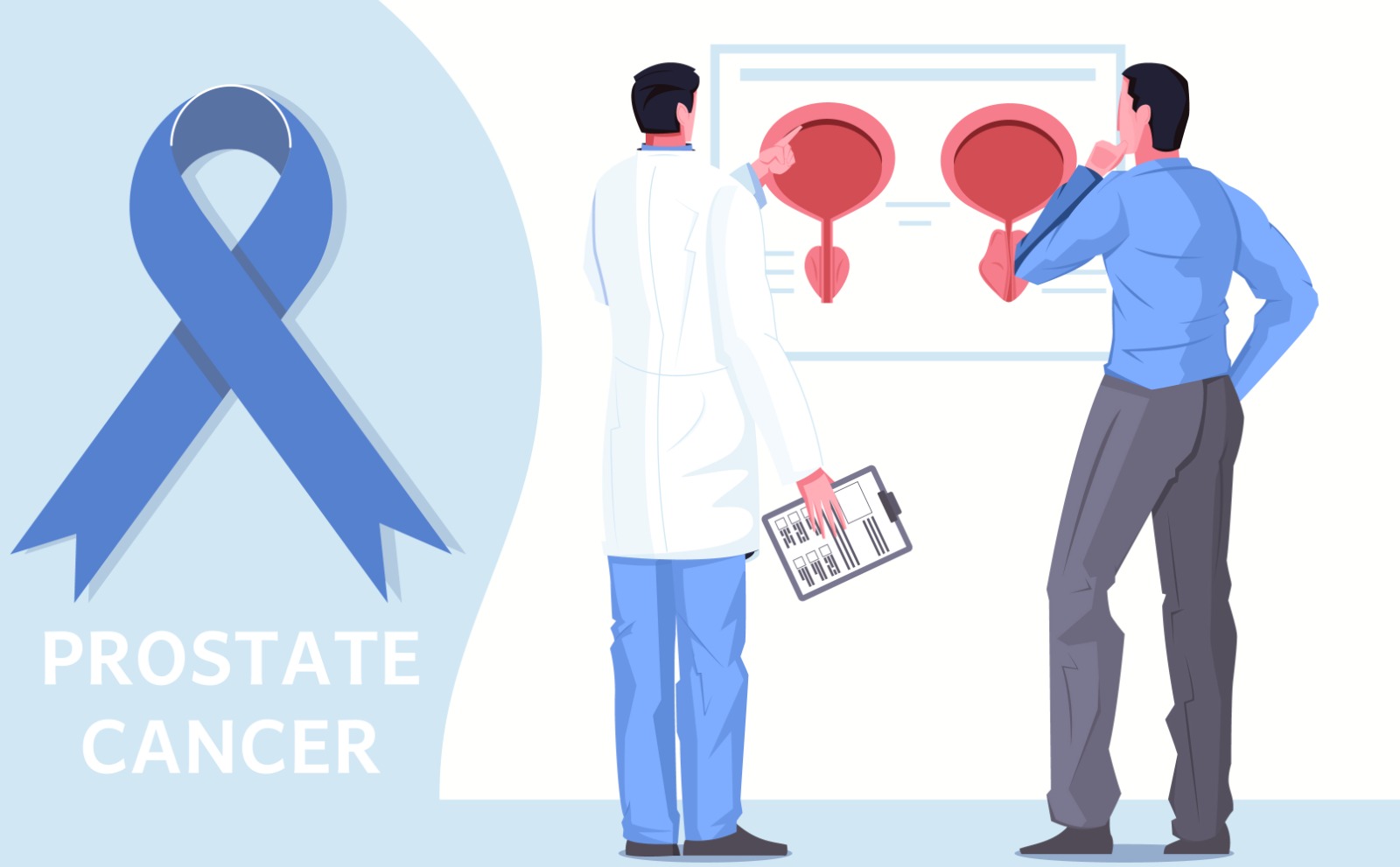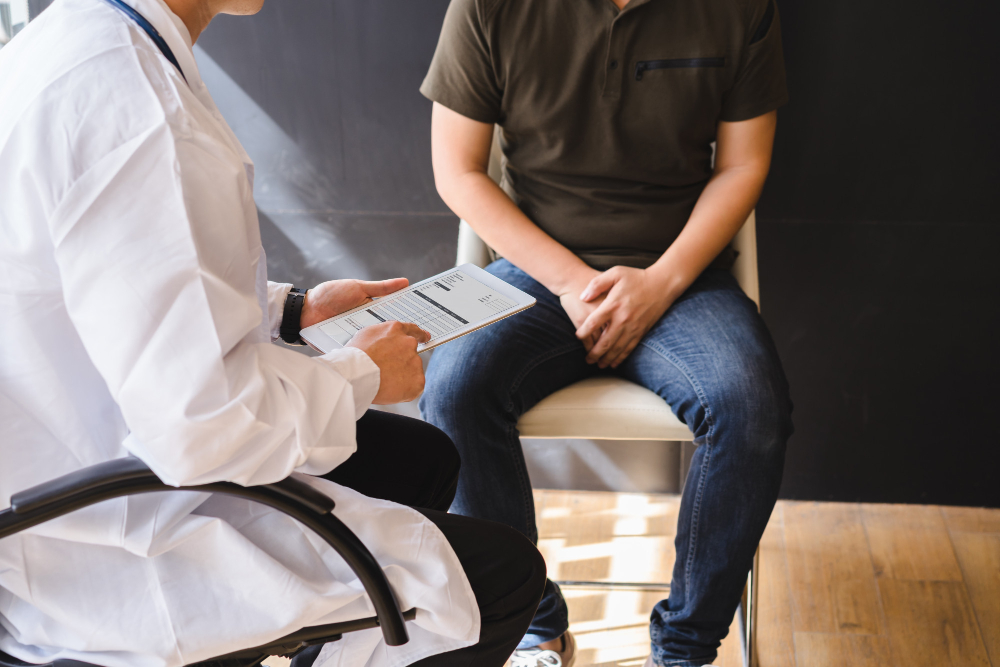Achalasia is a relatively uncommon condition, with an annual incidence rate of about 1 in 100,000 people. Despite its rarity, it is critical to raise awareness of this illness because it can severely disrupt regular swallowing, leading to various health consequences if left untreated. This blog aims to fully explain Achalasia, including its causes, symptoms, diagnosis, possible treatment choices, and suggested lifestyle changes for effective management.
What Is Achalasia?
Achalasia is a rare esophageal motility disorder in which the lower esophageal sphincter (LES) and esophageal peristalsis (coordinated muscle contractions) do not operate properly. The syndrome is characterized by the LES’s inability to relax and allow food to flow into the stomach, resulting in swallowing difficulties and esophageal food retention.
In a healthy esophagus, the muscles contract in a coordinated method to carry food from the mouth to the stomach. The LES, a muscle ring at the esophageal-gastric junction, remains tight most of the time to prevent stomach acid and partially digested food from returning to the esophagus. The LES relaxes to enable food into the stomach when you swallow.
Achalasia Causes
The specific cause of achalasia icd 10 is unknown, but it is thought to be caused by nerve degeneration in the esophagus, resulting in reduced function of the lower esophageal sphincter (LES). Because of this malfunction, the LES remains tight and does not relax adequately during swallowing, resulting in a functional obstruction that prevents food from passing into the stomach. While the illness can affect anyone at any age, it is most typically diagnosed in individuals between 25 and 60. Although some instances may have hereditary or immunological links, the precise triggers and mechanisms behind Achalasia are still being studied.
Talk to our doctors in Turkey to learn more about the condition!

Achalasia Types
Achalasia is categorized into three primary categories or subtypes based on their distinct characteristics and patterns of muscle involvement:
Type I (classic) Achalasia
The most prevalent subtype is achalasia, which accounts for most Achalasia instances. Peristalsis, which refers to the synchronized muscle contractions that drive food through the esophagus, is absent in this version. Furthermore, the LES fails to relax, resulting in greater pressure and difficulty passing food into the stomach. The critical diagnostic criteria for classic achalasia are the absence of peristalsis and LES relaxation.
Type II Achalasia
Type II (variant) Variant or Type II Achalasia, often known as “Achalasia with esophageal compression,” is a less common form of Achalasia. Patients with type 2 achalasia or esophageal achalasia have some esophageal spasm, an aberrant, uncoordinated contraction of the esophageal muscles. This spastic component might cause sporadic chest pain and hinder swallowing even more.
Spastic (Type III) Achalasia
Spastic or Type III Achalasia is the disorder’s rarest subtype. There is a pronounced esophageal spasm without peristalsis in this variation. Unlike in Classic Achalasia, where peristalsis is absent, patients with Spastic Achalasia have aberrant, disorganized contractions of the esophageal muscles, resulting in swallowing difficulty and food regurgitation.
Learn more about achalasia treatment types from our medical experts in Istanbul. Contact us!
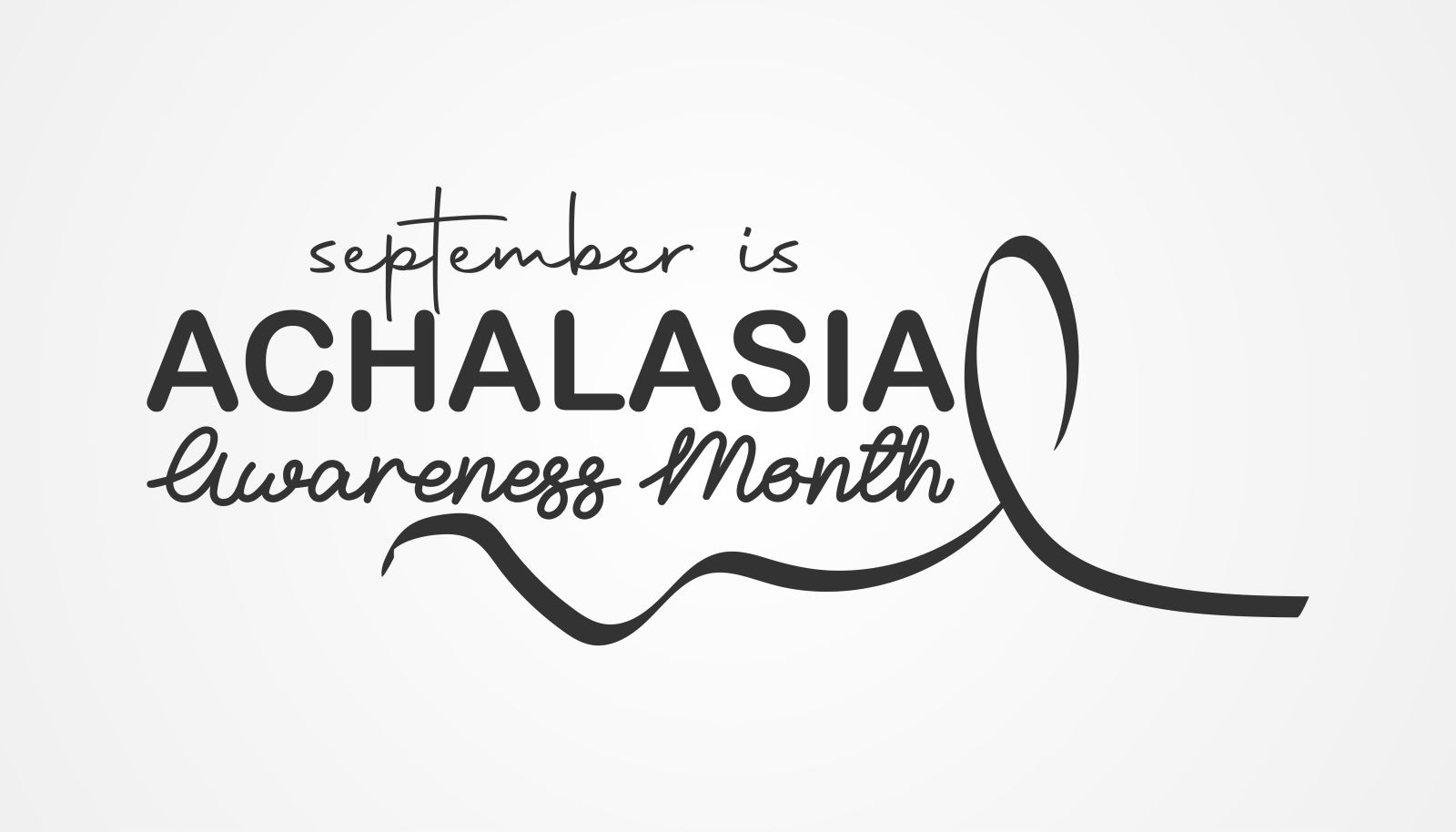
Achalasia Symptoms
Achalasia is distinguished by the following symptoms:
- Dysphagia: Achalasia’s most common symptom is trouble swallowing. Patients may have trouble swallowing both meals and liquids. Dysphagia is a condition that often worsens over time and leads to cricopharyngeal.
- Regurgitation: Due to the impeded passage of food into the stomach, undigested food, saliva, and other stomach contents can reflux back into the throat and mouth. Regurgitation can leave the mouth with a bitter or sour taste.
- Chest pain: Achalasia cardia can produce chest pain that is either acute or squeezing in character. The discomfort is commonly felt under the breastbone, although it can extend to the back, neck, or arms. Chest pain might be misinterpreted as cardi problems, resulting in a misdiagnosis.
- Heartburn: Heartburn, a burning sensation in the chest caused by stomach acid regurgitating into the esophagus, occurs in some patients with Achalasia.
- Weight Loss: People with Achalasia may avoid eating due to difficulties swallowing and the fear of food becoming lodged, resulting in unexpected weight loss.
Symptom severity varies from person to person. Fix your consultation with one of our medical experts in Istanbul today!
Achalasia Treatment
There are three primary therapy options for Achalasia:
Pneumatic Dilation (Balloon Dilation)
This non-surgical therapy is frequently used as first line treatment of achalasia. A deflated balloon is inserted into the lower esophageal sphincter (LES), which is the muscular ring that separates the esophagus from the stomach, during this procedure. The balloon is subsequently inflated, stretching and ripping the LES muscle to facilitate food flow.
Botulinum Toxin (Botox) Injection
Another non-surgical alternative is botulinum toxin (Botox) injection directly into the LES. Botox weakens the LES muscle, allowing it to relax and enable food to pass through more easily. On the other hand, Botox injections only provide brief relief and may necessitate repeat treatments every few months.

Surgical Myotomy
If patients do not respond to pneumatic dilation, or Botox injections, or if their Achalasia is severe, surgical intervention may be required. Heller myotomy is the most prevalent surgical technique for Achalasia. During achalasia surgery procedure, the LES muscles are severed to decrease constriction, allowing for smoother food transit into the stomach. This operation was formerly conducted by an open surgical method; however, it is currently performed utilizing minimally invasive laparoscopic techniques, which entail smaller incisions and typically result in a speedier recovery.
Lifestyle Modification
Following any therapy, patients will almost certainly need to adopt certain lifestyle changes to enhance their swallowing and avoid problems. Smaller, more frequent meals, thoroughly chewing food, avoiding foods that aggravate symptoms, and eating upright are some examples.
Treat achalasia with the best medical treatment facilities available in Istanbul. Book a consultation!
Get Your Achalasia Medical Procedure Done In Turkey: Liv Hospital
Choosing Liv Hospital in Turkey for achalasia treatment provides a compelling benefit, as it embraces a leading international healthcare strategy and has seven state-of-the-art hospitals. Liv Hospital prioritizes excellence in healthcare services, offering a world-class experience with cutting-edge medical equipment, qualified specialists, and a patient-centered approach, ensuring the best possible outcomes for patients seeking effective and compassionate achalasia therapy. Contact Liv hospital experts to learn about achalasia treatment prices in Turkey 2023!



